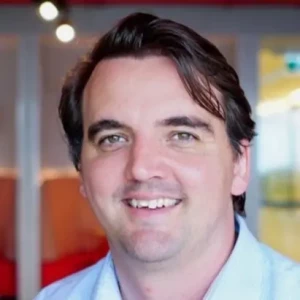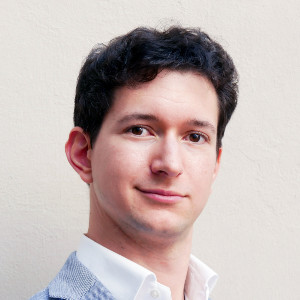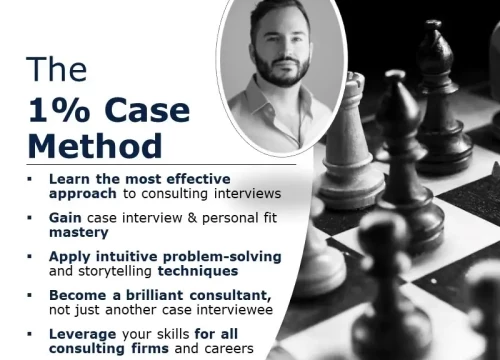With regard to frameworks, speaking particularly for McKinsey, is it important to cover the ENTIRE case (i.e. how I would go about solving it) or just state the FACTORS / SOULTIONS I would look to solve a question.
Example - Client wants to increase profitability over the next 5 years
A solutions / factors apporach would be revenue & cost and their component parts such as price, mix, quantity, variable, and fixed. All ofcourse explained in more detail with custom sub-elements for the case.
An overall approach I would suspect would be:
1. Market Dynamic - Size/GR + Competition + Customer Segments + Macro Changes
2. Profitability Solutions - Revenue (current avenues + new avenues) and Costs
3. Risks / Implications
I was under the impression that when asked for factors (usually the first question in McKinsey cases) I would do the former, however, it does make more sense to state the overall approach.
Any feedback?
Thank you so much for the response.















